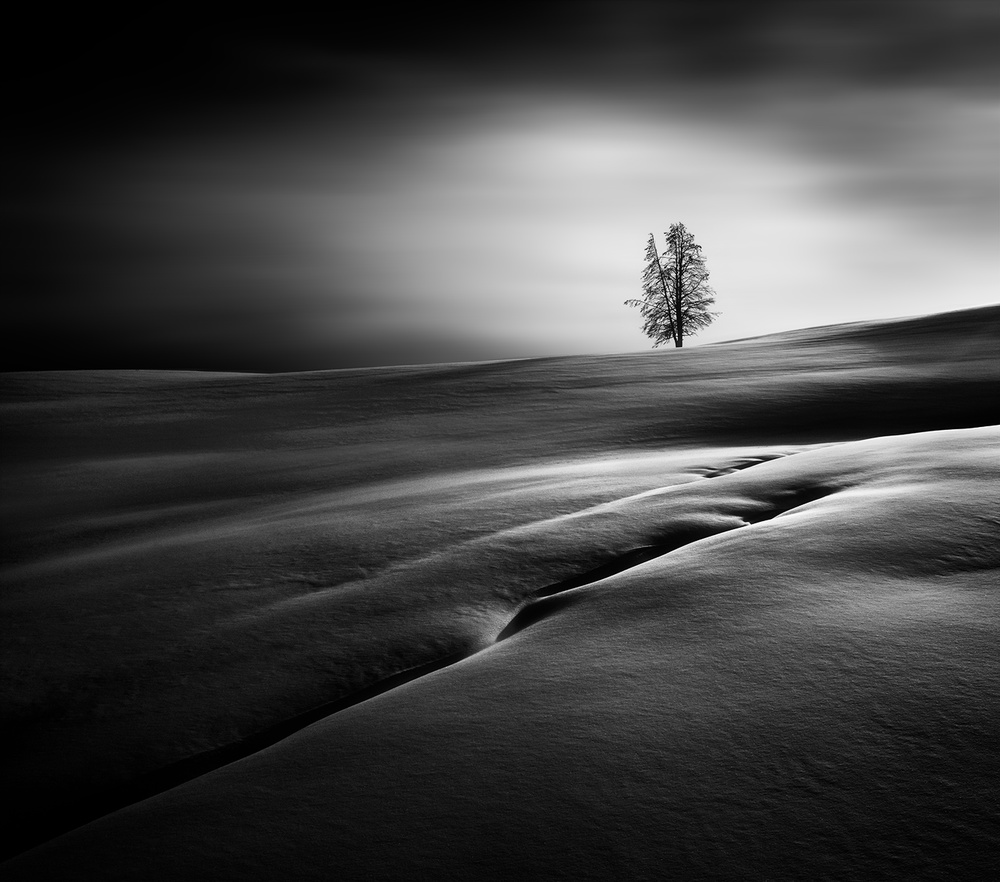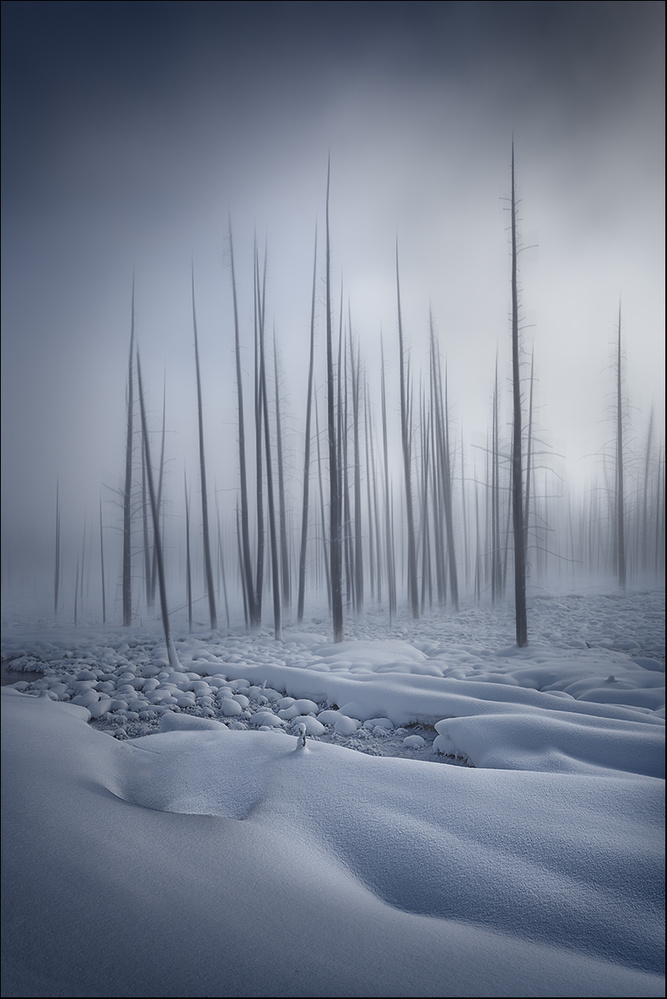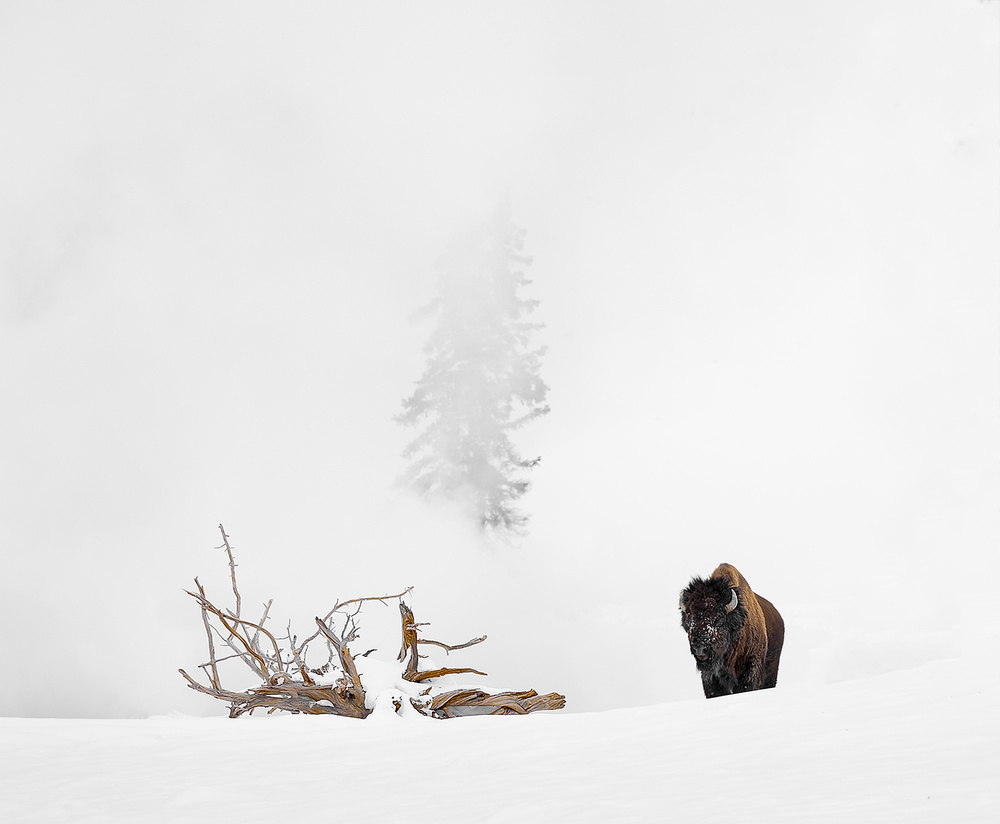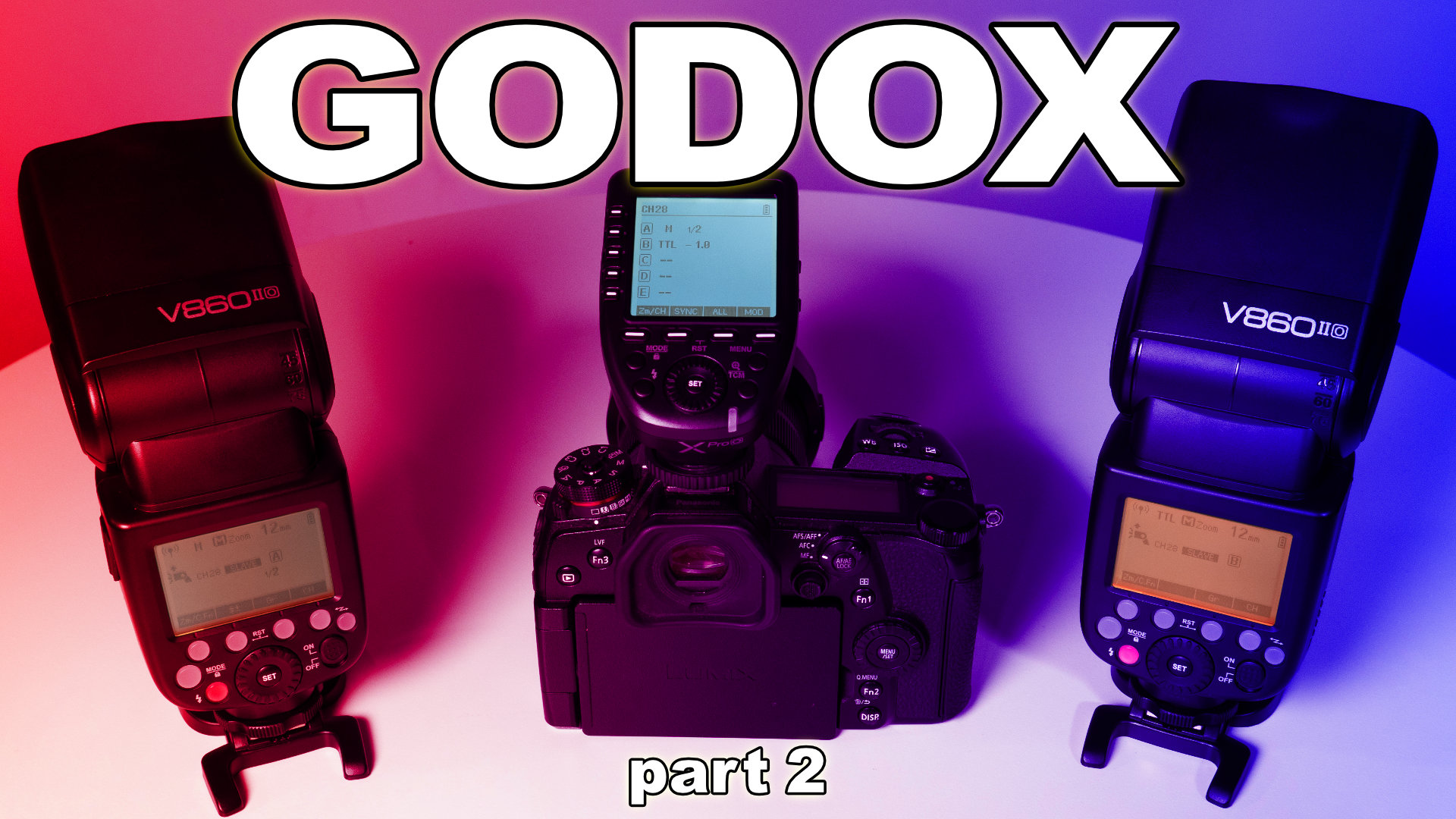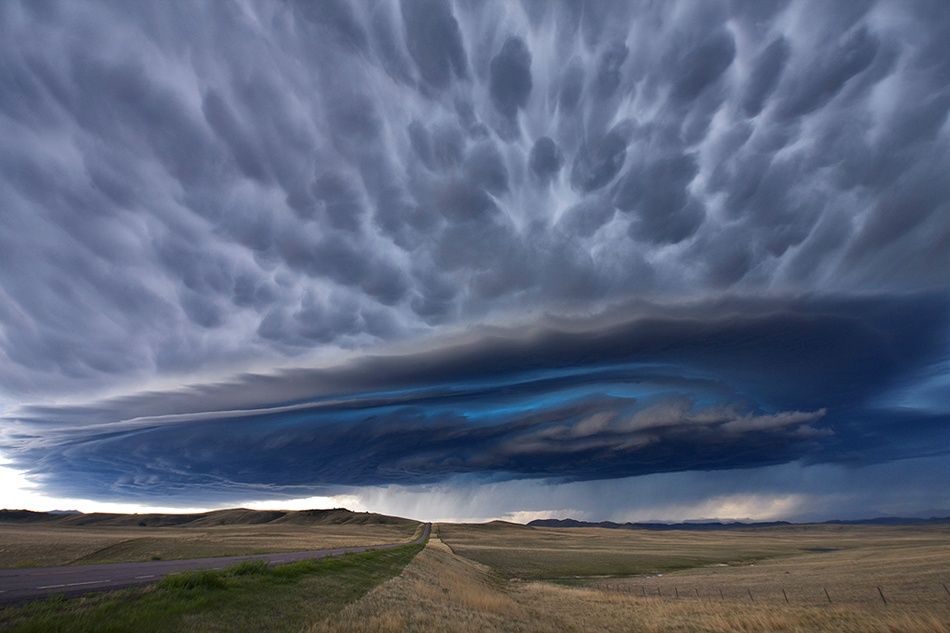Tips & Tricks
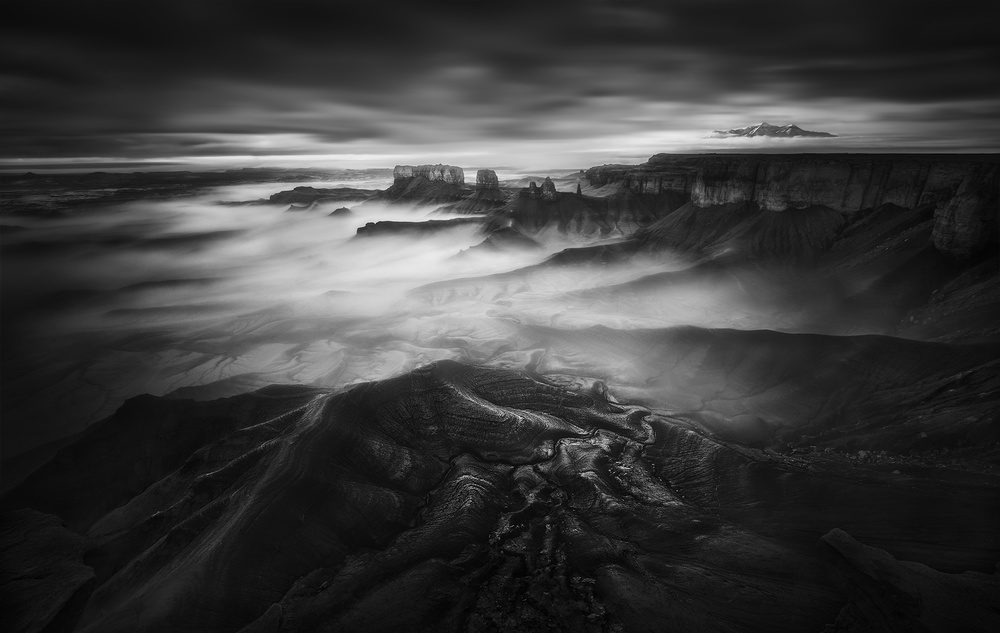
Huibo Hou: Landscape Photographer Embracing Natural Rhythms
1x Blog-Tips & Tricksby Editor Yan Zhang (Australia)

“Out of This World #1” by Huibo Hou
Three years ago, when I was browsing the 1X gallery site - it was one of the first things I did every day, a black and white landscape image caught my attention.
I remembered the author of this image: Huibo Hou.

Not long after that, I received an email from Huibo herself asking me some questions about New Zealand as she was planning to take a trip there for photography. Since then, we have kept in touch and I always follow her new images posted on 1X or Instagram. However, it wasn’t until June this year that we both finally met each other in person in San Diego. Through our delightful and open-minded conversations, I gained more knowledge and insight about Huibo and her photography journey.
From the very beginning, Huibo has focused her main interest on black and white landscape photography.
While I rarely make black and white photographs in practice, I actually established my essential photography concepts and foundations through black and white photography. I spent considerable time studying Ansel Adams’ works and his photography theory. It is a challenge to make an outstanding black and white landscape in photography. We see the world in colour. However, by eliminating all colours, only black and white is left with the continuous spectrum of grey, which in reality we cannot see with our naked eye. Therefore, a photographer’s pre-visualization intuition is a key in producing a successful black and white image. The photographer needs to be sensitive enough in observing shapes and textures, and have a great instinct in differentiating the contrast, tone and shadows, because all these elements play particular roles in creating an emotionally resonating black and white image.
Huibo mainly takes her photographs in her local area San Diego, American wild national parks such as Yellowstone National Park, and also some remote regions in China such as Tibet. She has captured many beautiful natural scenes from these locations using her camera, and transformed them into fine art black and white images. However, Huibo’s talent is not restricted to black and white landscape photography. Many of her works centred around people and colour landscapes are as great as her black and white images.
In this in-depth and exclusive interview, we will have an opportunity to learn more about Huibo Hou as a photographer, her stunning images, and her philosophy and stories. All these I believe will be a great inspiration for many of us.
Yang: Hi Huibo, I’m glad to catch up with you again. Our last meeting in June 2018 was a great opportunity for me to know a lot more about your photography activities, although I have been following your works for quite a while now. The 1X community should not be unfamiliar with your photography, especially your excellent black and white images. However, I think what many people do not know much about is your photography journey. This will be our focus for this interview. I think your thoughts regarding your photography journey would be very valuable to us.
But to begin with,would you tell us something about yourself? Where do you live and what do you do in your day-to-day life? What sparked your interest in photography?
Huibo: Hi Yan, it’s an honour and a real pleasure to have this opportunity to chat with you. I am originally from China, and have been calling San Diego, California USA my home for the past 21 years. I had been a full time wireless communication design engineer for 20+ years until very recently, I changed my “career” to be a full-time mom.
My interest in photography was sparked by the many frustrations with my old point-and-shoot cameras, especially after a grand tour to American West that I took my parents to see in 1998. I came back home with many photos that didn’t do the sceneries justice. Shortly after, I bought my first film SLR, read many landscape photography books, attended a series of photography courses in University of California San Diego extension.
My full-time work kept me so busy that I was only able to travel shortly a couple of times every year. Even so, after my son was born in 2008, I had to give up photography completely to manage the work-family balance. In 2015 my son was old enough to travel far and my interest in photography was ignited again. This time it is stronger than ever.
Over the time, my purpose of doing photography also evolved. It went from making technically sound and aesthetically beautiful images and doing the scenes justice, to using it as an art form to connect with nature and express my views and emotion.
Yang: When I look at your photographs, I am often impressed with your strong personal visions that run consistently through your works. By expressing and interpreting such visions in your images, the audience (viewers) can then see your style.
May you share with us some thoughts regarding your personal vision and style? How do you describe your photography in a general sense? And how have your life experiences influenced your photography journey?
Huibo: To borrow a fellow photographer’s words, I am and will be a life-long student of photography. I’m still forming my personal style and have a long way to go to really call it my own. Hence let me focus my answer to what my personal vision is.
I want to offer the world my angle of views through my photographs, and I want it unique and fresh. I’d like to have my photographs evoke viewer’s emotion and resonance, to feel the connection that I felt when photographing the scene.
My favourite photographic quote is: “Photography is an art of observation. It’s about finding something interesting in an ordinary place… I’ve found it has little to do with the things you see and everything to do with the way you see them.” ~Elliot Erwitt~
I can’t agree with this quote enough. Skill of observation and the subsequent previsualization, are true photographic skills and will never lose their power no matter how technology advances. It is a key to photographers to produce unique and creative images. This applies to all genres of photography, landscape photography certainly included.
The biggest satisfaction I get from photography is to “discover” beauty from seemingly ordinary scenes or even the most unexpected places. Familiar places or sometimes even mundane scenery around us, can be transformed into something exquisite by creative composition and isolation, clever lighting, or under other extraordinary discovered conditions. Such images are more satisfying and fulfilling to me, as it makes me feel I exercised a photographer’s creativity, instead of just being there in the right place at the right moment to capture (or rather, record).
To develop such keen “vision” certainly takes time and practices, and requires forming a deeper knowledge and connection with the locations and subject that I shoot. I am and will be a life-long student to learn and practise this.
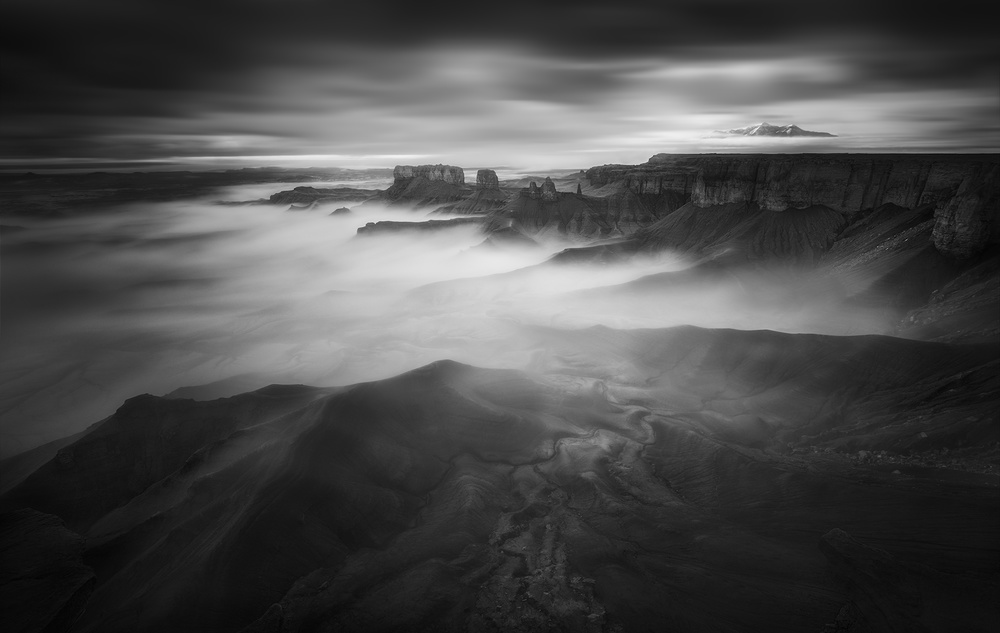
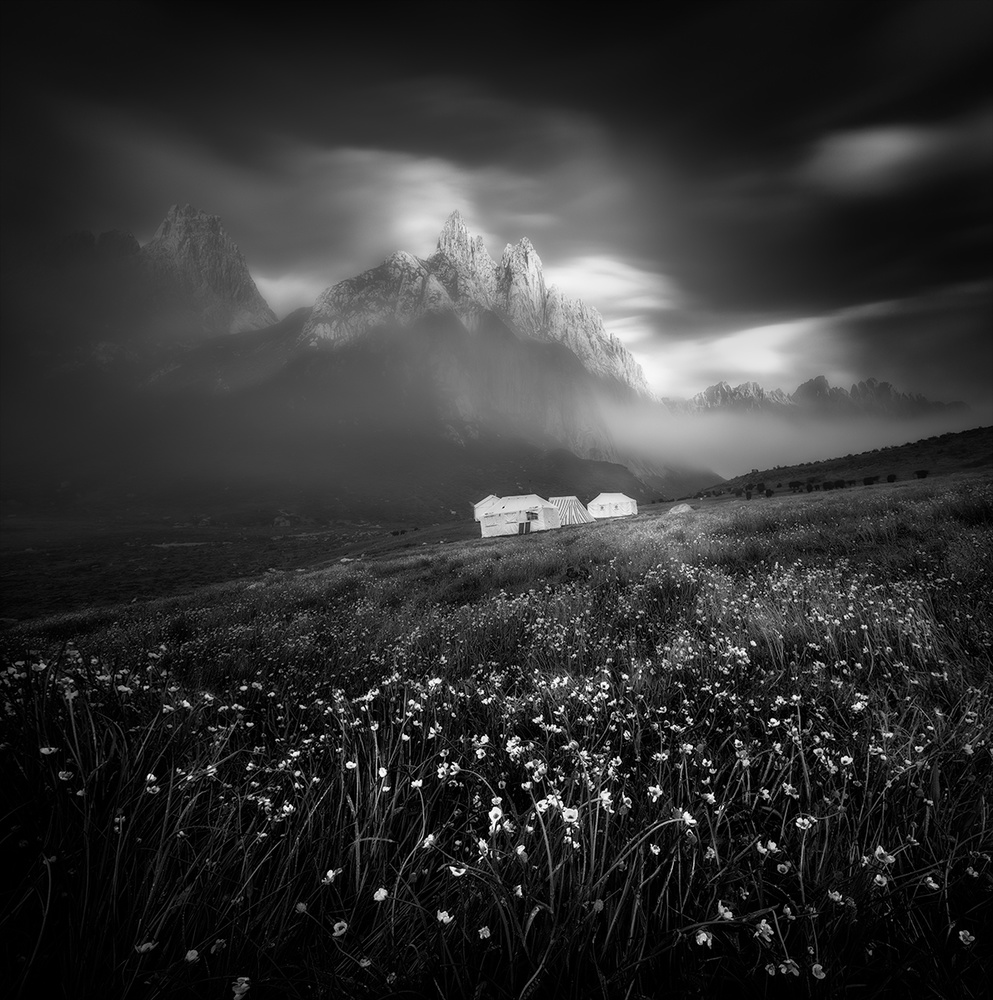
“A Foggy Sunrise”, Qinghai, China
Yang: While I mainly practise colour photography in my landscape works, I understand that there are a number of challenges in black and white photography. By eliminating colours in photographs, we produce images in which viewers only see the black and white. On one hand, this greatly simplifies the image appearance and allows viewers to focus more on the image frame and relate to the message being told. On the other hand, it also imposes hard tasks for the photographer who has to be able to pre-visualize the scene in black and white and make wise decisions in both the shooting field as well as in the post processing.
May you elaborate on your thoughts about black and white photography – what are the challenges you face when creating a standout black and white photograph? What are your criteria for an excellent black and white landscape image? And how do you meet these criteria in your photography practice? What do you think of the relationship between colour and black and white landscape photography?
Huibo: Just like music, each of us resonates with different genre of music naturally. Same applies to photography. Over the years I discovered that I’m naturally drawn to black and white images. Black and white (B&W) photography, by its nature, gives me more freedom to depart from the seemingly reality, enables me focus more on composition, contrast, textures, tonal range, etc, for better visual effect. More importantly, I found it usually more effective to express deep emotion and strength. A striking black and white image makes my heart leap.
A good B&W image needs to suit the theme, not just because the lighting wasn't good that day hence colour version didn't work out. In another word, a B&W image needs to be captured with a purpose, rather than an after-thought or a compromise. One of my criteria for a great B&W image is to imagine what if this scene has an excellent lighting (such as a colourful sunset or strong complementary colour contrast), would the colour version then become a stronger image? If so, I won’t force it to be B&W. Each scene deserves to be represented in the best way we can.
When I take photographs in the field, I visualize the post-production results and I'd remember that visualization. I would also remember the emotion the scene made me feel at the moment. These two elements combined would guide me through the post-process steps when I sit in front of the computer, whether it is dramatic and contrast, or soft and airy; whether dark and depressing, or light and whimsical.
Simplicity is the biggest gift that black and white can offer. I like clean, simple black and white images with just a few essential elements in each frame, leaving space for viewers to imagine and ponder.
Forming the right contrast is also a key. Deep blacks, natural transitions between different shades of greys, good eye-catching highlights are all essential in their own ways. Having all these in harmony is both challenging and fun when I create the image.
You can see I have quite a few long exposure images. I love this style. It is very powerful in terms of creating the poetic mood that I want to connect with the scene and viewers. On the other hand, I also try to be careful not to over use them.
For my B&W post-processing flow, although in general I follow a similar post-processing philosophy across all images, with about 50% of my workflow repeatable, the other 50% is the fun and creative part for each image. Every image is unique in their own way hence requires specific analysis and techniques to bring out what I really want to convey. In recent years I use Nik Silver Efex Pro as the first step for B&W conversion. It is a powerful tool but I always need to continue the fine-tunings far beyond it until I achieve what I have in mind.
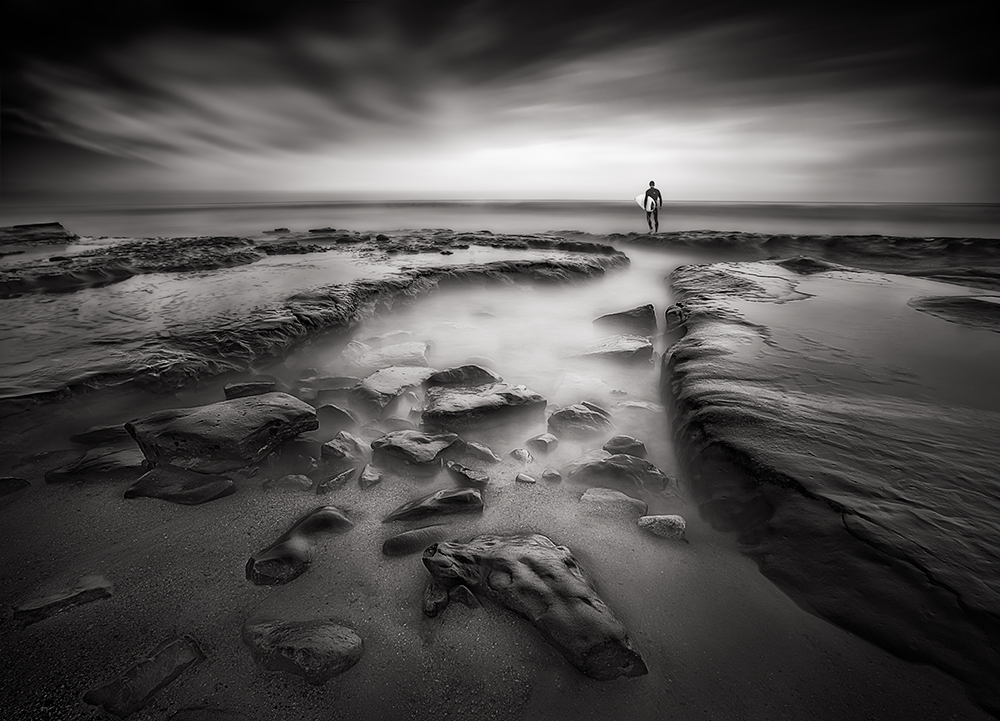
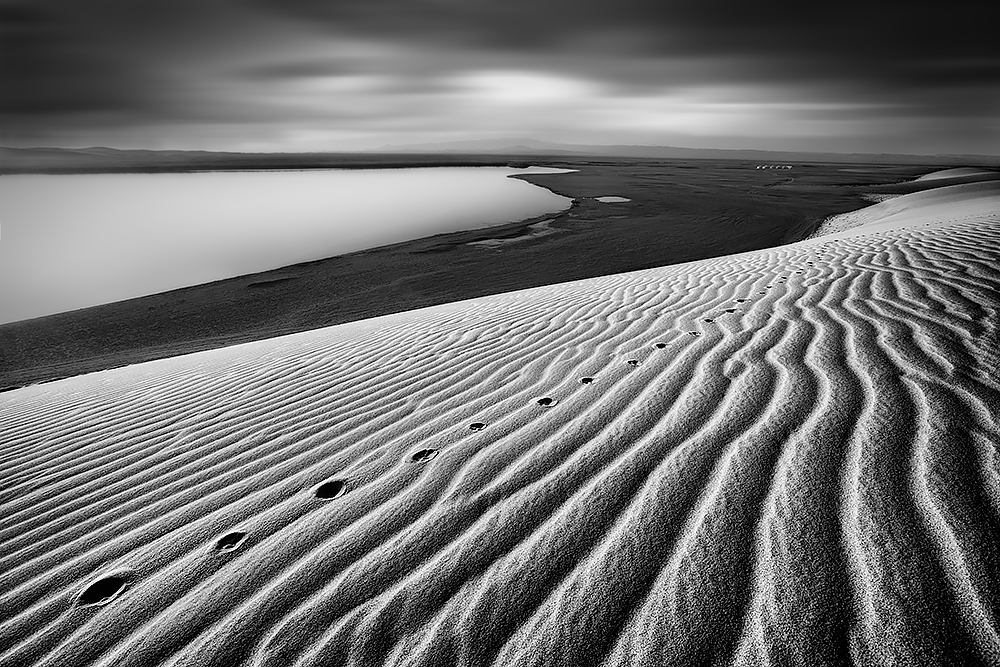
“Sand Dune by the Lake”, Qinghai, China
Yang: I believe that every photographer, in one way or another, has been inspired by someone or something, and such inspiration influences the photographer’s journey. For me, for instance, two photographers have greatly inspired me to pursue photography: one is Australian pioneering natural and geographic photographer Peter Dombrovskis, and other is American pioneering adventure photographer Galen Rowell.
Would you like to share with us your inspirations for your photography journey? And how these people (the person) or event(s) have influenced you as a photographer?
Huibo: My first landscape photography "how to" book was written by John Shaw when I started learning it years ago; later I discovered Galen Rowell, who continues to inspire me today (hand-shakes! :-). Interestingly, the first photography workshop I’ve attended many years ago was in Galen’s Mountain Light Gallery in Bishop, California, and it was taught by John Shaw! This event (along with the very helpful Mountain Light Gallery staff) inspired me a lot and pushed me to a different level. My countless black and white darkroom hours in USCD photo labs years ago (when I still used my film camera), provided me a deep appreciation for the power of post-production and helped me embracing digital photography wholeheartedly when it came along.
Over the years, there are so many incredibly talented photographers whom I constantly learn and draw inspirations from (including many, many from 1X community). Among those, my biggest source of inspiration in recent years has been Guy Tal, a true artist and a deep thinker, who never chases the limelight and has produced so many unique and creative images in landscape photography. His photography style and post-processing philosophy have greatly influenced me. His website is http://www.guytal.com
Having a source of inspiration doesn’t mean to imitate his/her work. On the contrary, I want to learn the essence and apply it to my own unique work.
I have been a subscriber to Lenswork magazine since 2007, which is a big part why I fell in love with black and white images. It’s editor, Brooks Jensen, has a fascinating podcast that contains a lot of photography wisdom, which I thoroughly enjoy listening to.
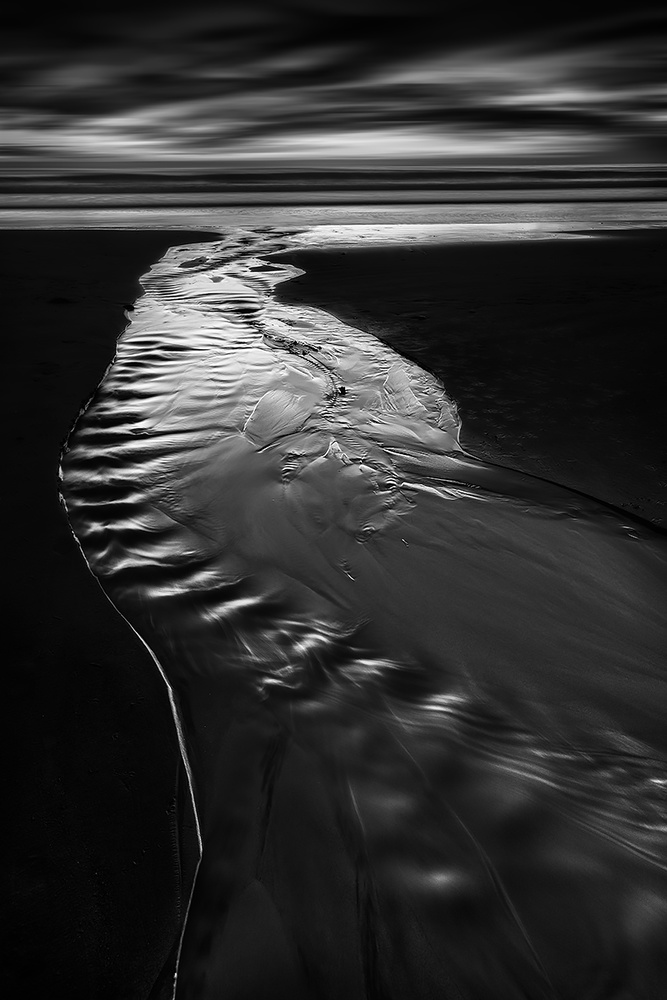
“Seaside Creek after Sun Down”, Lompoc, California, USA
Yan: When I look at your images, I can observe the evolution of your style and interests over the years. Your early works reflected more what you observed in the world, with a mix of both colour and black and white landscape images, as well as some impressive images of people such as in your work “The best seat”. In recent years, I can see you are focusing more on black and white landscape photography, with more distinguished personal taste and style.
May you explain a bit about how and why this happened? And what brought you to your current photography feature?
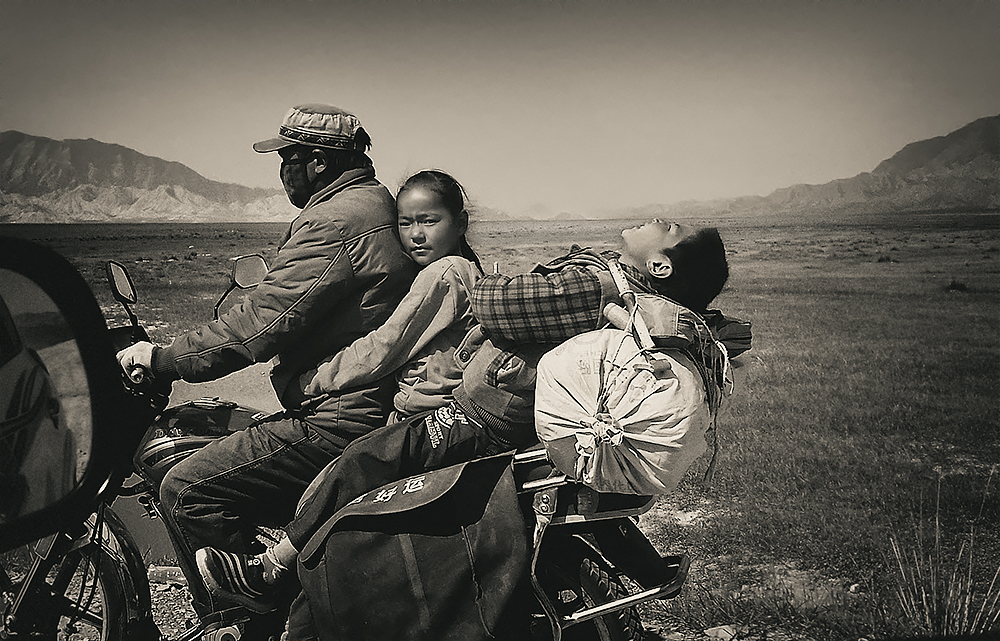
“The Best Seat”, Qinghai, China
Huibo: Yes, my photography subjects and purpose and subjects evolve as I go. Initially, I mainly focused on reproducing and recording whatever interested me, which covered wider variety of subjects; later changed to using it as an art form to express emotion and connection I felt with nature. Landscape photography allows me to take my time to think, discover and create, provides me great pleasure to find silence, solitude, simplicity, or sometimes coincidence and surprises. I truly enjoy doing it.
On the other hand, I am still open to expand into other domains. For example, I want to learn and improve the skill of observation in street photography. I would like to use my images to express my view and my connection with people around me.
The above “The Best Seat” image was taken a few years ago in a remote village in Qinghai, China, using an old Samsung cell phone (B&W conversion was done in photoshop). I timed the motorcycle when I saw it coming with the boy sitting in the back, but since it was so fast it was impossible for me to pull out the big camera. This image constantly reminds me that content is much more important than having perfect technicality and aesthetics. I’m very glad that I captured the moment. The best camera is always the one that I have with me.
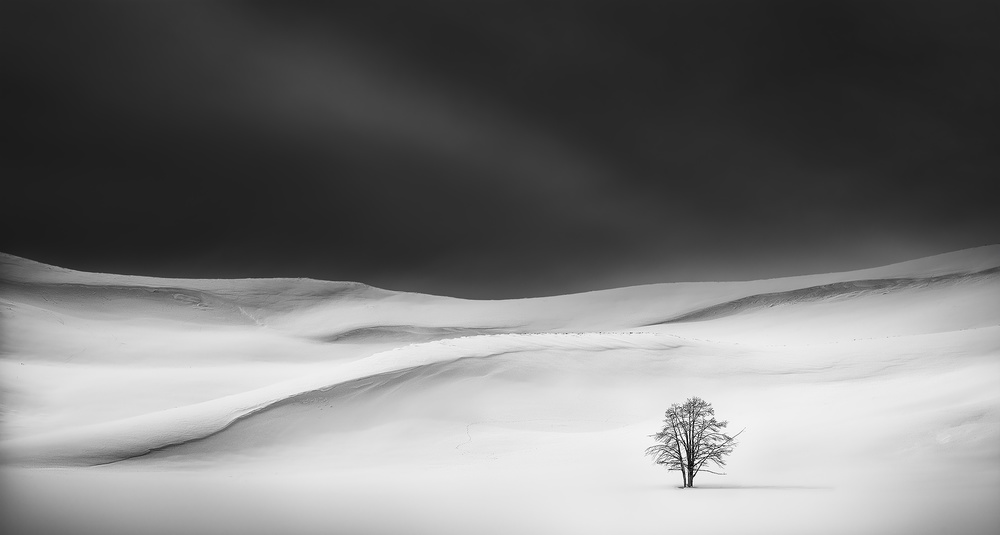
“Solitude”, Yellowstone National Park, USA
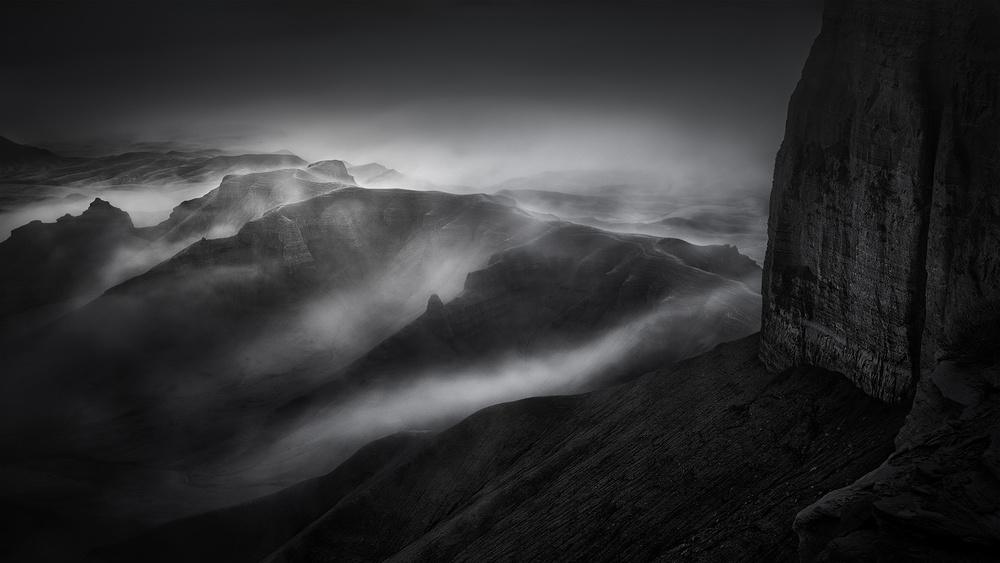
“Fog and Cliff”, Utah, USA
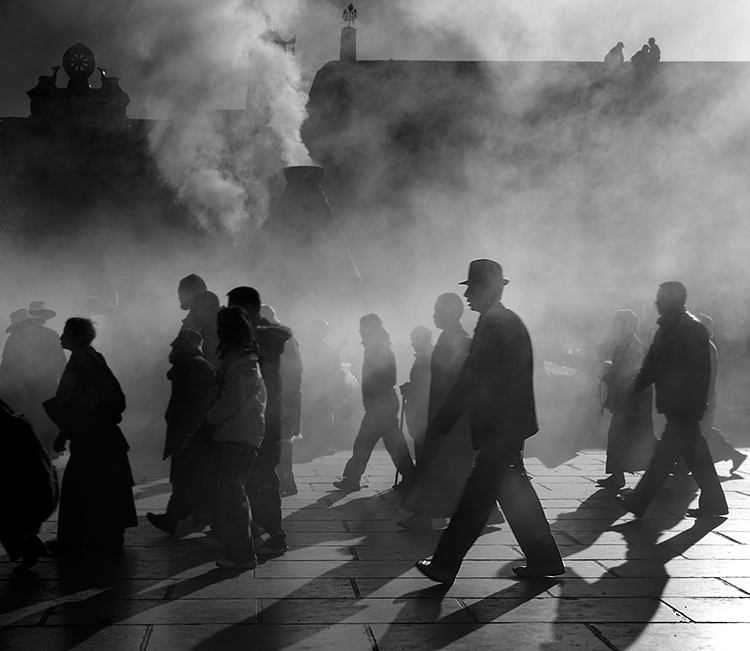
“Morning Crowd at Jokhang”, Lhasa, Tibet, China
Yan: Now let’s move to a topic on technique. Nowadays, with the rapid development of digital technology, the approaches and techniques in photography, both in the field of shooting and in post processing, have also been significantly evolving in recent years. May you share with us your view about the influences of technology on photography in general?
Many of your landscape images present a kind of loneliness that is tranquil and mysterious. I am particularly impressed with your award-winning image. I know this place is a well-known photography location, and I have seen so many photos taken from this place.
What makes your image so attractive to me are two things: the crystal details and subtle contrasts across the entire rock surface; and the gloomy mood portrayed in the overall image. May you tell us the story behind making this image – how did you take this photo and what specific factors did you consider when post processing the image?
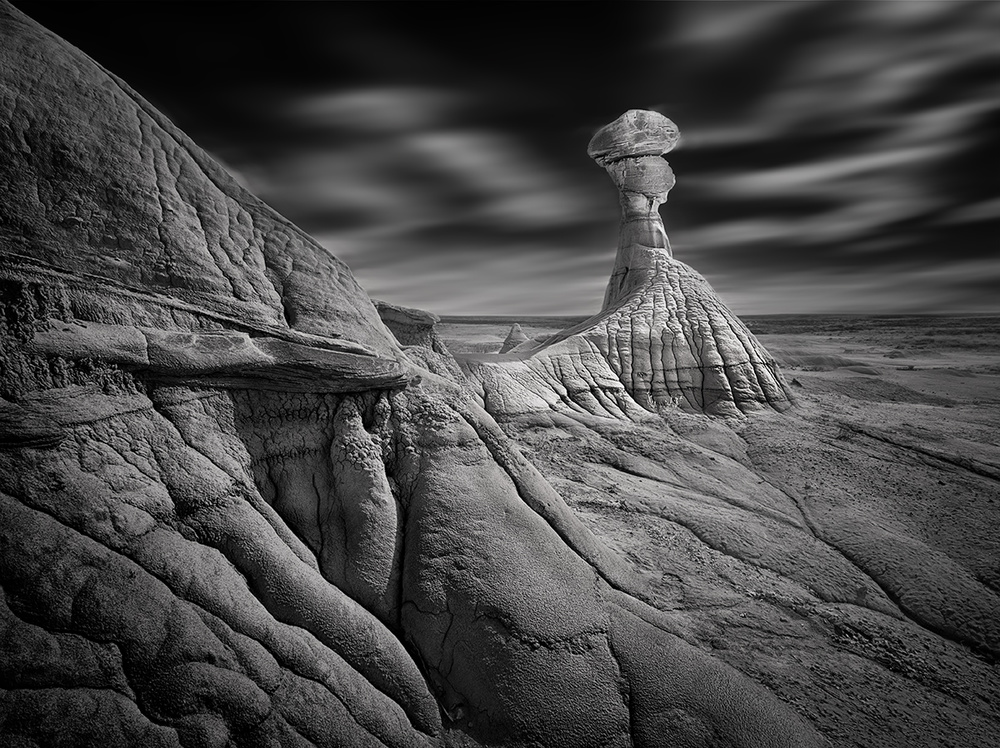
“A Wise Man”, New Mexico, USA
(Canon 5D II; EF16-35mm f/2.8L II at 16mm; f/22; ISO 100; 140s)
Huibo: I took a black and white film development class back in 2002, and spent quite some long hours in the darkroom. This experience provided me a deep appreciation for the power of post-production and even more so when digital photography came along. Digital photography technology has cultivated a whole new generation of photographers (including myself). On one side, it simplified and relieved so many technical challenges for photo enthusiasts in planning and image-taking, and provided so many new and ever-improving techniques for astonishing enhancements in the post-production; on the other hand, we photographers still have the same question to ourselves (or even more so at the digital age): what is it about my photography that differentiate from others? To me, it is not about going to the unique locations, not about chasing the best lighting conditions, not about learning the most advanced post-production techniques, certainly not about using the best equipment. Although all these help, to me, the essence of photography hasn’t changed in digital age. It is still the skill of observation and creative composition, the skill of able to extract something interesting and unique, whether grand or intimate, whether in a popular location or an ordinary place. This truly makes one a photographer.
This “A Wise Man” image was taken in Bisti, New Mexico, USA. It was in broad daylight with harsh afternoon lighting. After some searching, I decided to photograph from this “indirect” angle as I think the framing would make the composition much more interesting. I used 10x ND filter to create clouds movement (and enhanced it further in the post-production). The sky is darkened in the post-processing as I intentionally planned to mimic an infrared look. I like how the clouds and angle of the wise man created the mood that I want to convey: we, as human, only get to witness a glimpse of thousands of (or millions of) years that this weathered “wise man” has witnessed. This image constantly reminds me that any light could be good light, do not limit yourself only photograph during magic hours.
Yan: I know photography is your passion but not your full-time occupation. I am in the same position as you. Personally, I enjoy the lifestyle combining both science and art – scientific research makes me happy as much as photography does.
Besides being an enthusiastic photographer, you are also a mum, a wife, and a full-time IT professional. May you share with us your views on your professional work, family life, and photography activities? How many times each year will you travel away from your family to pursue photography? Do you have some plan for your future photography?
Huibo: Finding balance between work, family and a serious hobby is hard. As a busy IT professional in a high-tech company, I had to completely give up photography for about 6 years to give priority to work and family. Thanks to my husband's support and inspired by my local photography friends, I picked it up again about 3 years ago. Very recently I have become a full-time mom to focus more on family. Although photography is a passion, family always comes first. I am very involved in my son’s day-to-day activities, so I don’t travel much without them. Every year I may be able to get one to two weeks’ time to travel away from family to focus on landscape photography, so I have to learn how to make the best out of the family travel. Quite a few of my images published on 1X were taken while travelling with family (such as these two images below). I don’t think this pattern will change for a while but I’m okay with it.
For the near future, I would like to improve my visual language and story telling by working on small personal projects to create more multi-image portfolios with common themes, rather than individual “best hits”. Landscape would still be my favourite subject, while I’m also open to others.
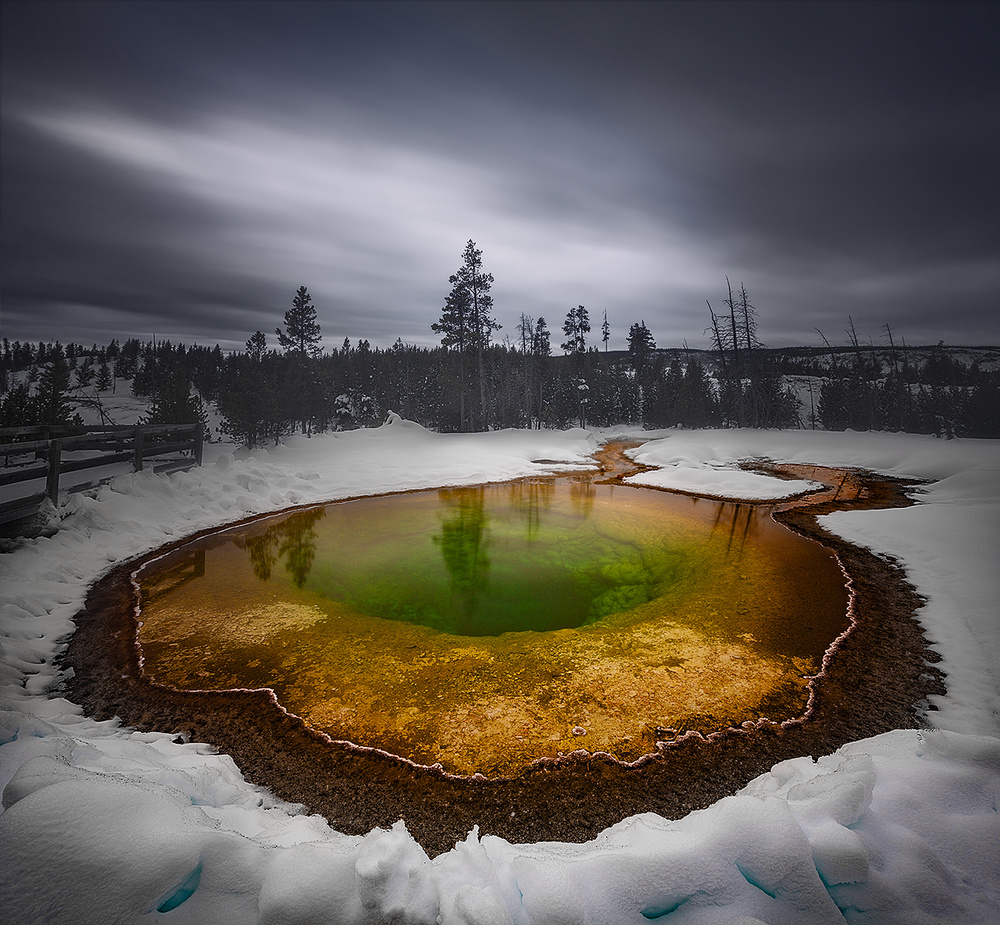
“Morning Glory Pool in Winter”, Yellowstone National Park, USA
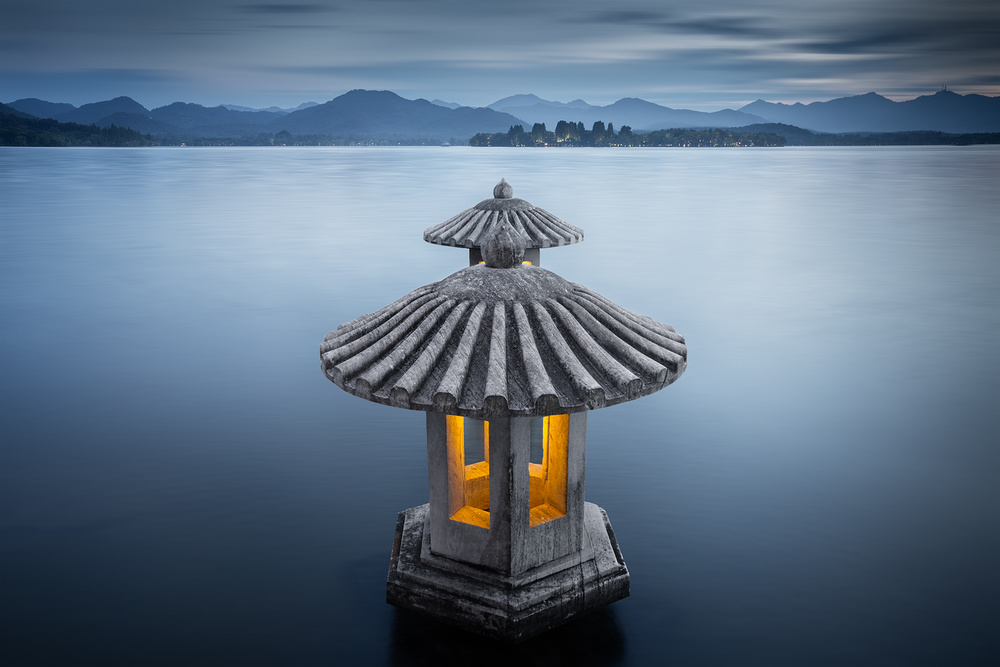
“Twilight at Cui Guang Pavilion”, Hangzhou, Zhejiang, China
Yan: Now let’s talk about photography gears – a tedious yet unarguably critical issue for our photographers. We know that most photographers have their favourite subjects to photograph, and for this reason, many photographers develop their own effective gear strategies over the years to better suit their photography interest.
May you share with us what your favourite subjects to photograph are? And what gear do you think to be most effective in order to achieve your photography goals? In particular, may you tell us what cameras and lenses you use? And what filters do you use (if you ever use them) and how these filters play their roles in your photo taking?
Huibo: My current main camera body is Canon 5D Mark IV. My workhorse lenses are Canon 16-35mm f/2.8L II, 70-200mm f/2.8L II, 100-400mm f/4.5-5.6L II. This can mostly cover my favourite subjects, ranging from scenes with grandeur to intimate nature portrait or abstract. As for filters, I often use CPL and ND filters. I own a few ND filters from different brands. They are my staples as I love doing long-exposure. A solid tripod is also imperative to landscape photography.
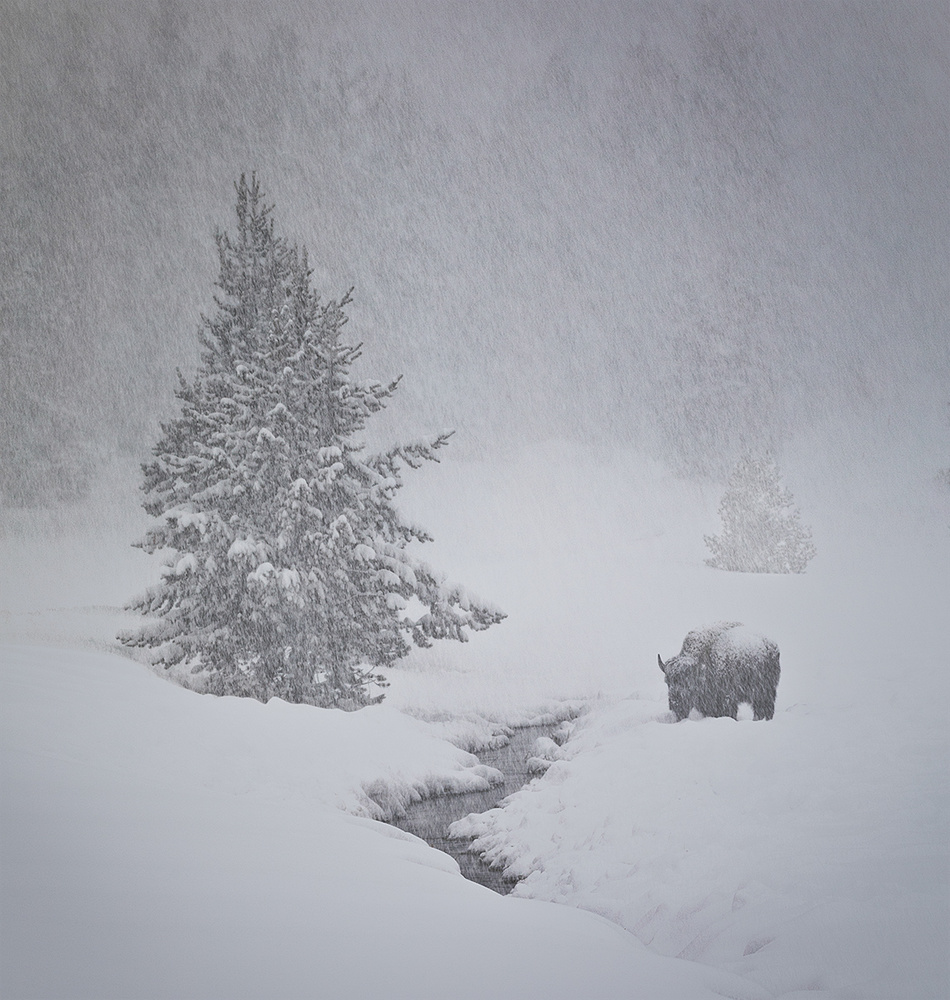
“A Young Bison Cub Enduring Winter Storm”, Yellowstone National Park, USA
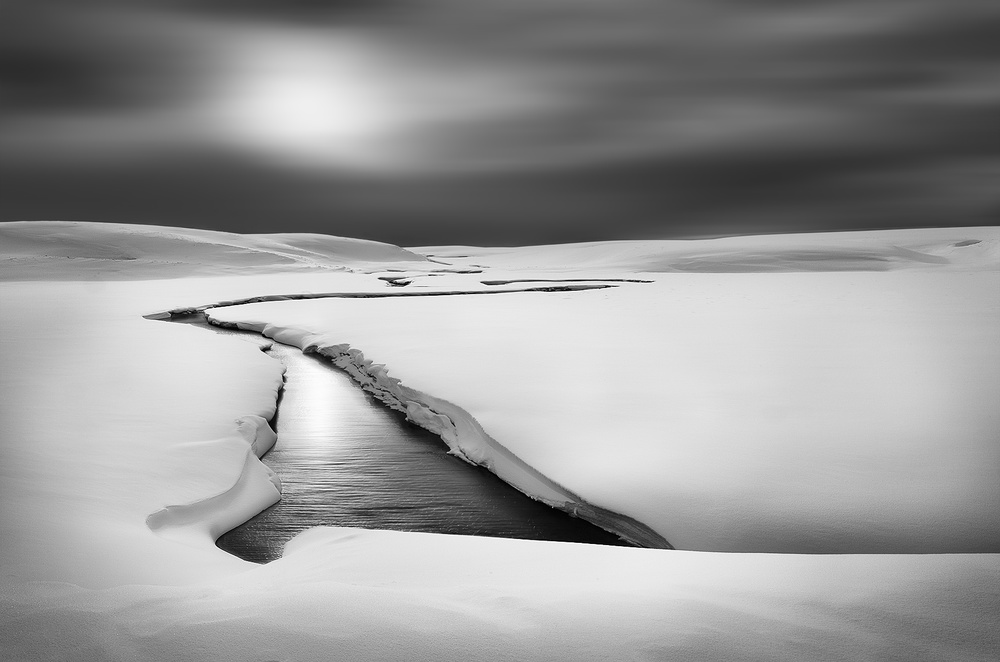
“Silence”, Yellowstone National Park, USA
Yan: As an award-winning photographer, what general advice would you give to someone who wants to enter this field – either as a professional or a serious enthusiast?
Huibo: Learn from others but build your own vision, follow your heart, create unique images, and be patient.
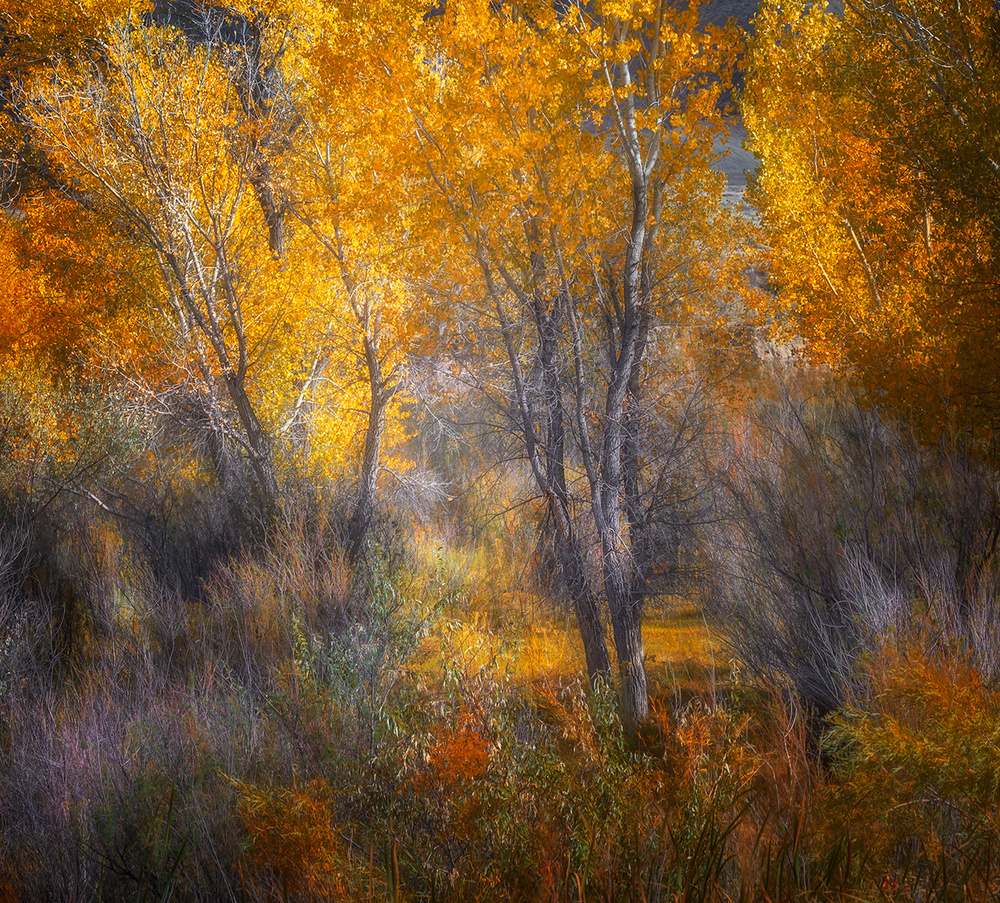
“Autumn”, Utah, USA
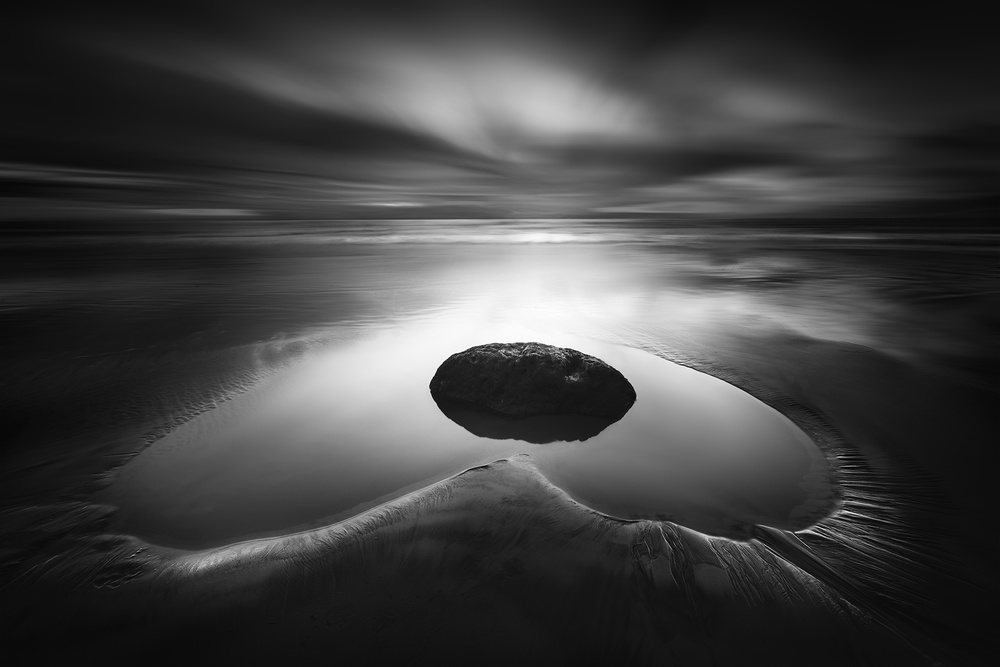
“Heart”, San Diego, California, USA
Yan: Thanks very much Huibo, today’s interview is really exciting and informative. I am sure our audience will be inspired by your story and images. I wish you all the best in your photography journey.
Biography:
Based in San Diego, California, USA, photography is the art form I choose to express my view of the world around us. I especially love the poetic impact of Black and White landscape photography.

